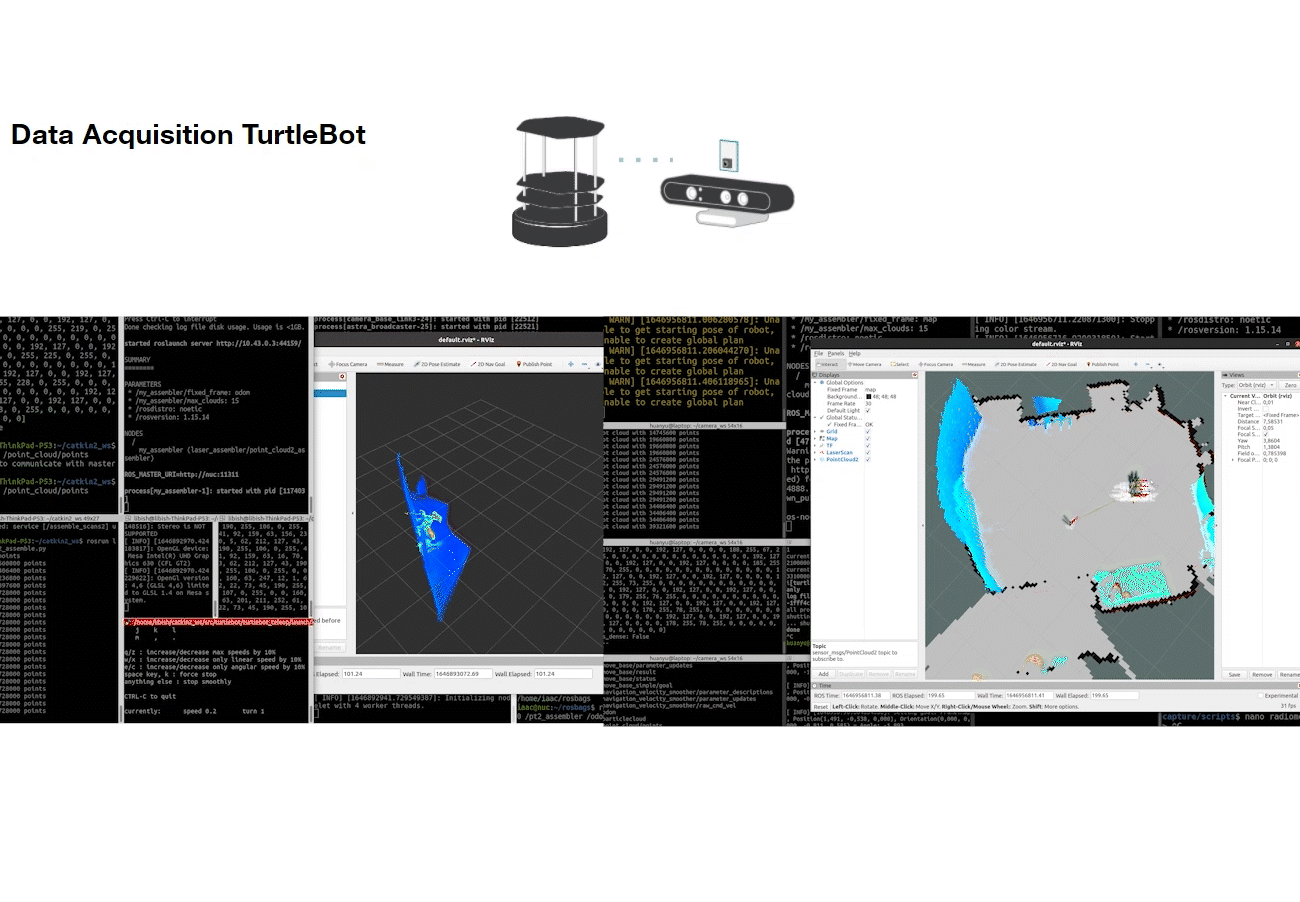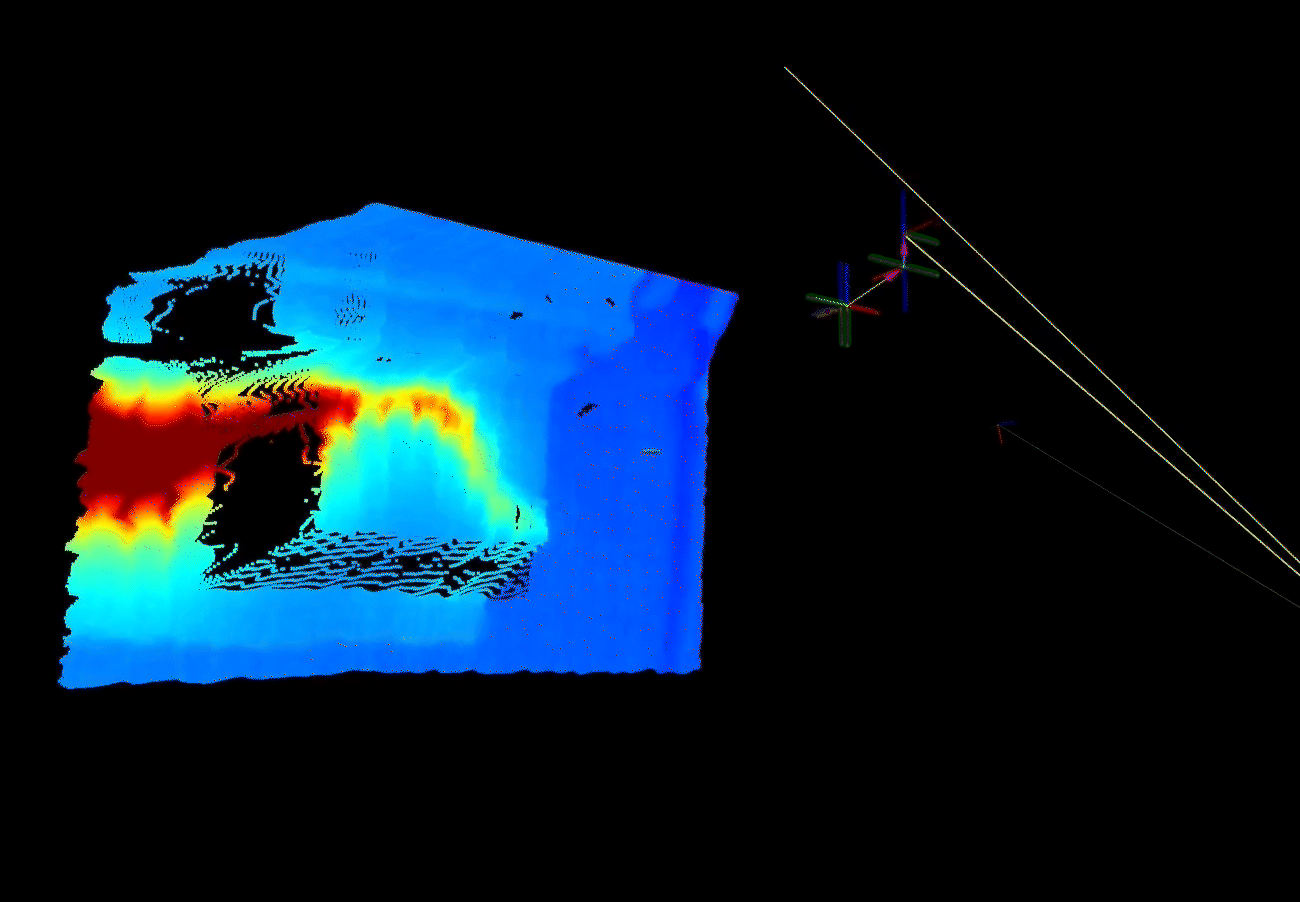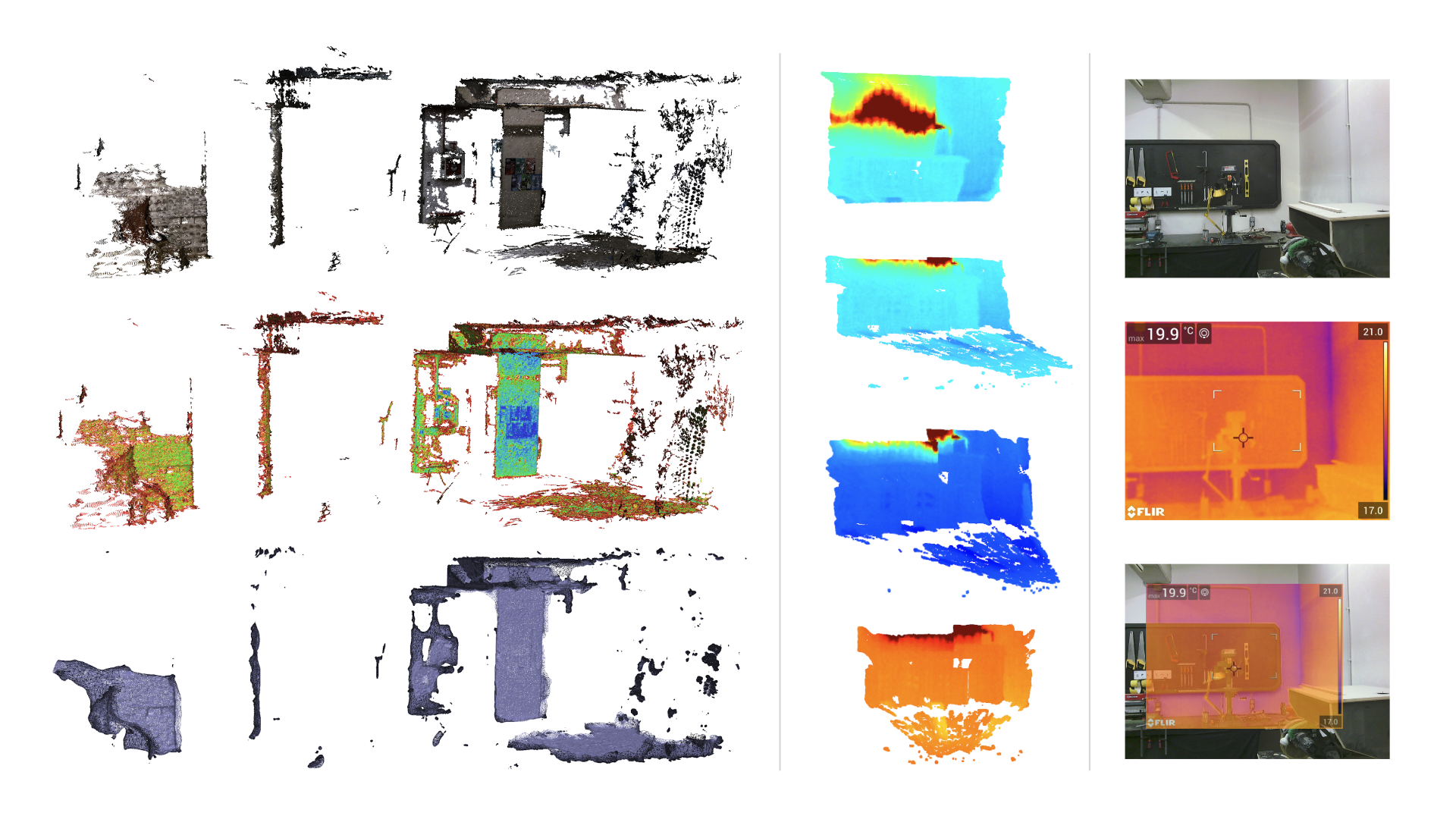2021 - 2022
Digiprot
Digitised protocol for the building automated energy models



Achieving the overall objective involves reaching the following complementary goals:
- Reducing the gap between energy model and real building by digitalizing and automating the part of the modelling process that remains more subjective and manual.
- Increasing scalability and interoperability between data collected with drones and data needed to create an energy model, through the construction of a database in BIM (IFC) format from Jpeg (RGB) and thermal images.
- Facilitating the use of thermal analysis tools by increasing their direct compatibility with the energy modeling through the automated extraction of information using machine learning and computer vision algorithms.
- Making the repetition of a data collection process more technically and economically viable several times a year and under different usage and climatic conditions, through automation and improvement of its precision, in order to calibrate automatic heating and cooling management systems for buildings.
- Establishing a value proposition for the commercial exploitation of a range of services based on the disruptive creation of energy models, taking advantage of the potential of future research to extract various types of information from images or videos with artificial intelligence, replicating the method proposed in DIGIPROT.
- Making energy rehabilitation of buildings more effective and accelerating it by providing a faster, more accurate and objective building analysis tool.
- Improving the detection of construction faults that may affect energy efficiency, thanks to a more detailed and comprehensive thermal analysis of the building.
- Facilitating decision-making by public entities in the granting of aid for renovation and prioritization of energy improvement actions in public buildings, by providing a faster, more effective and above all objective and comparable tool for evaluating the energy needs of buildings.
Currently, it is not common to find an integrated application, like the one proposed in DIGIPROT, of robotics in the energy and building sectors and through the use of artificial intelligence algorithms, making the benefits that can be obtained by taking advantage of the synergies between them unknown. Nevertheless, the potential offered by the integration of these technologies opens up new future research scenarios to digitise the collection and processing of data and, as a result, further refine the accuracy of a building’s energy model.








